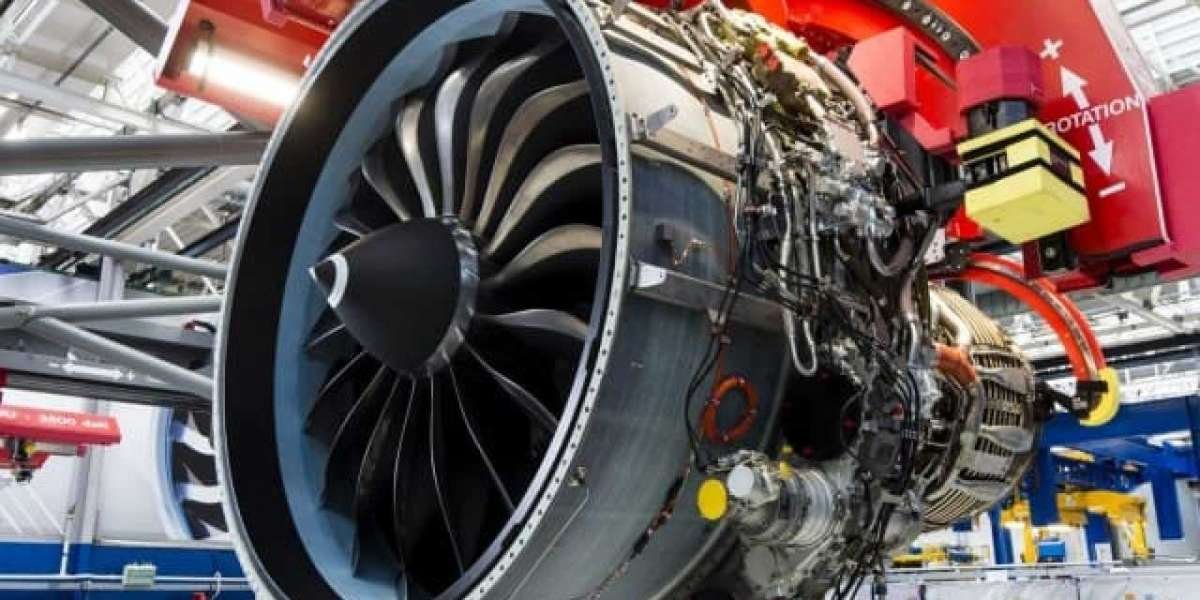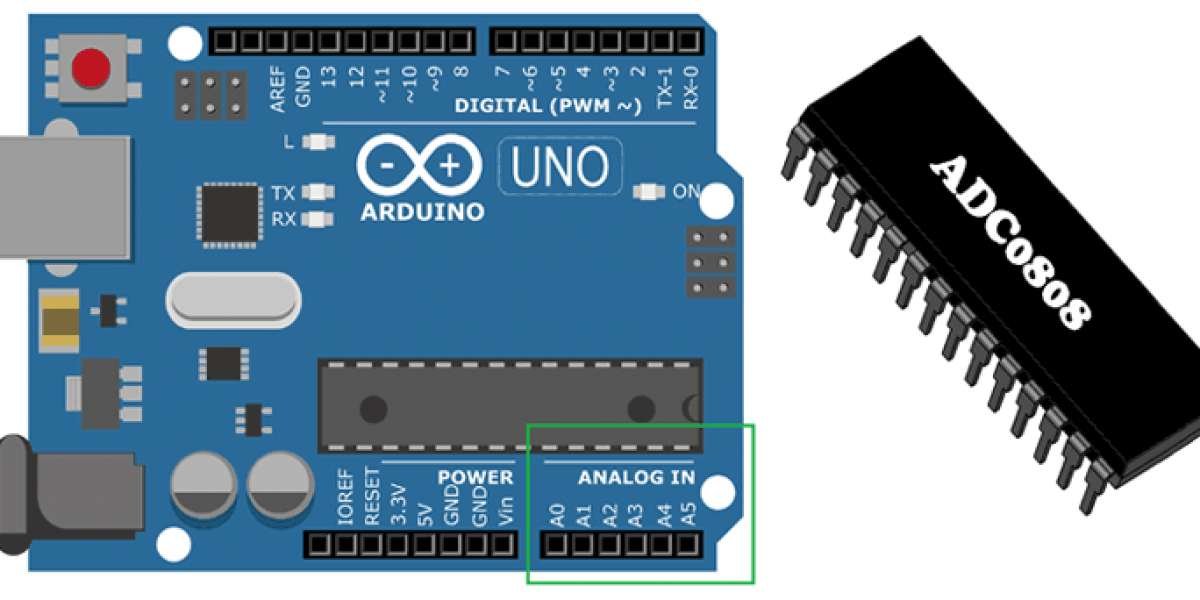The global automotive body in white market is worth US$ 63.5 Billion as of now and is expected to reach US$ 89.4 Billion by the year 2033 at a CAGR of 3.5% between 2023 and 2033.
Industrialization, globalization, and expanded supply chains are into strengthening transportation and logistics sector. Plus, there is an increase in the usage of lightweight materials in automobiles for improving fuel efficiency. These factors are expected to take the automotive body in white market going forward.
Automotive body in white is expected to possess higher tensile strength along with resistance against torsional, dynamic, static, and bending forces. As such, high-strength materials are used for producing automotive body in white.
Request a Sample of this Report:
https://www.futuremarketinsights.com/reports/sample/rep-gb-13754
At the same time, the fact that automobile companies’ supply chains are more complex can’t be ignored. This factor could restrain the automotive body in white market in the near future.
Future Market Insights has walked through these facts with future prospects in its latest market study entitled ‘Automotive Body in White Market’. It has its indigenous team of analysts and consultants to deploy a bottom-up approach in its primary, secondary, and tertiary modes of research.
“With transportation and logistics sector gaining traction, the global automotive body in white market is expected to grow on a robust note in the forecast period”, says an analyst from Future Market Insights.
Info Source: https://www.futuremarketinsights.com/reports/automotive-body-in-white-market
Competitive Analysis
- Mercedes-Benz, in January 2021, did give a huge order to KUKA to engineer, build, assemble, and commission numerous body in white manufacturing lines for an influx of Mercedes vehicles all over North America.
- ThyssenKrupp, in March 2021, came up with its business unit called ‘Automotive Body Solutions’; which emphasizes on assembly solutions with creating lightweight body components for the clients in car vertical.
- Magna Cosma Casting, in April 2021, did announce that it was on the verge of spending US$ 31.9 Million for building close to 50K square feet of Battle Creek Factory for creating more manufacturing capacity regarding lightweight automobiles.
- Autokiniton Global Group, in July 2019, acquired Tower International Inc.at US$ 900 Million.
- Gestamp, in June 2019, did inaugurate a novel plant at Nitra (Slovakia). It specializes in aluminum. This plant is known for producing various skin panels and body’s structural parts using aluminum in conjunction with steel.
- Benteler, in June 2019, tabled a novel plant at Mos (Spain). It’s, since then, a part of its automotive division and would be producing rear-axle components for a new-fangled platform for PSA. The production would also focus on painting, welding, and laser cutting.
- Kirchhoff Automotive, in May 2019, came up with second plant at Piteti (Romania). The plant is known for supplying stamping parts to European Kirchhoff Automotive’s locations.
- Marelli Talbros Chassis Systems, in January 2021, announced that it received multi-year orders from a big car manufacturer based out of Europe to supply body in white design parts.
- NIO Inc., in April 2021, completed manufacturing the first body in white part of ET7 sedan at its production site at Hefei (Anhui Province).
Kirchhoff Automotive GmbH, Benteler International, ThyssenKrupp AG, Voestalpine AG, Martinrea International Inc., Gestamp Automocion, Magna International Inc., CIE Automotive, Autokiniton Global Group, H-One Co., Ltd., JBM Auto, Dura Automotive Systems, Futaba Industrial Co., Ltd., Shiloh Industries, and Multimatic Inc. are a few of the leading businesses operating in the market.



